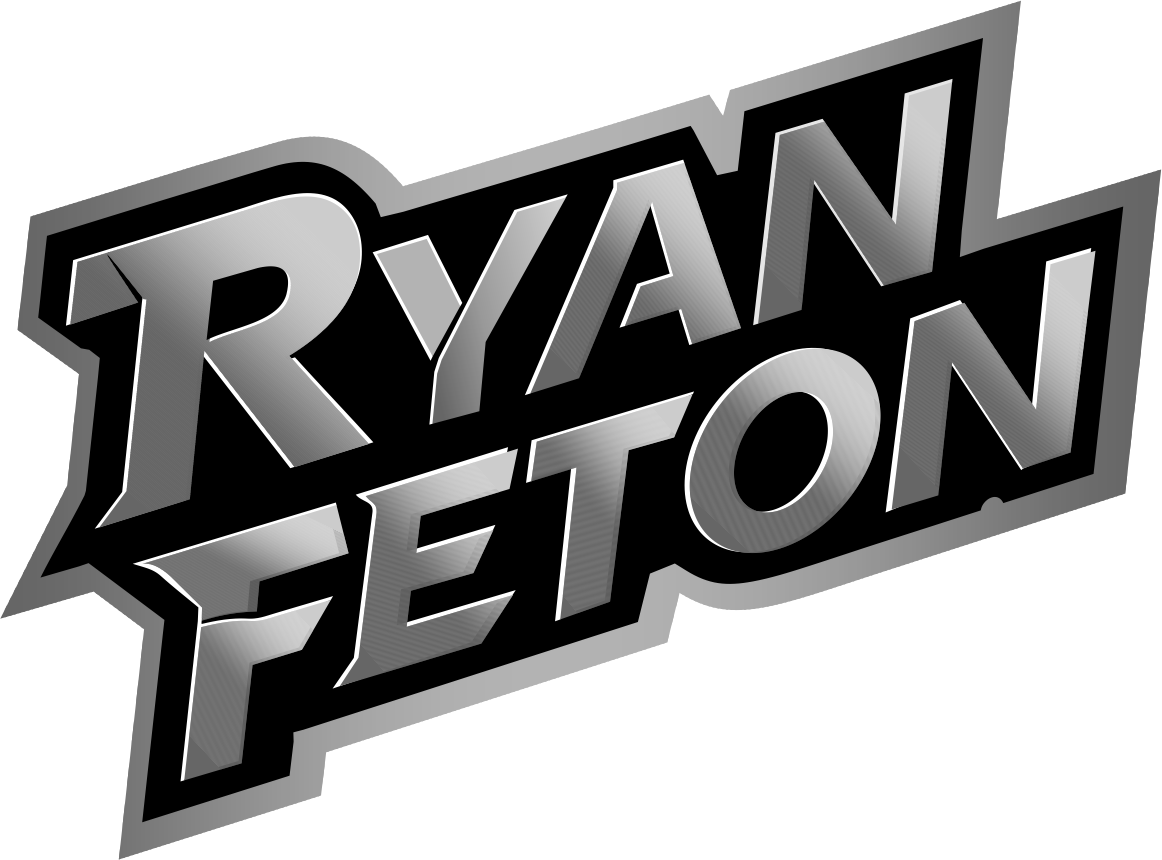Solo staking on Ethereum is the gold standard for staking. It provides full participation rewards, improves the decentralization of the network, and never requires trusting anyone else with your funds. Third parties are building these solutions, and they carry their own risks. Liquid staking enables easy and anytime exiting and makes staking as simple as a token swap.
There is no ‘Eth2’ token native to the protocol, as the native token ether (ETH) did not change when Ethereum switched to proof-of-stake. There is no one-size-fits-all solution for staking, and each is unique. Here we’ll compare some of the risks, rewards and requirements of the different ways you Стейкинг как работает can stake. The trade-off here is that centralized providers consolidate large pools of ETH to run large numbers of validators. This can be dangerous for the network and its users as it creates a large centralized target and point of failure, making the network more vulnerable to attack or bugs.
Comparison of staking options
As you may have noticed, there are many ways to participate in Ethereum staking. These paths target a wide range of users and ultimately are each unique and vary in terms of risks, rewards, and trust assumptions. Some are more decentralized, battle-tested and/or risky than others. We provide some information on popular projects in the space, but always do your own research before sending ETH anywhere.
Stakers are free to withdraw their rewards and/or principle deposit from their validator balance if they choose. The Shanghai/Capella upgrade was completed April 12, 2023, enabling staking withdrawals, closing the loop on staking liquidity. These options usually walk you through creating a set of validator credentials, uploading your signing keys to them, and depositing your 32 ETH. You’ll need 32 ETH to activate your own validator, but it is possible to stake less. Any user with any amount of ETH can help secure the network and earn rewards in the process.
How to stake your ETH
This option also allows users to hold custody of their assets in their own Ethereum wallet. Rewards are given for actions that help the network reach consensus. Stakers will also earn rewards in the form of fees and MEV when proposing blocks, which are made available immediately via the set fee recipient address.
- In the meantime, consider checking out our wallets page, where you can get started learning how to take true ownership over your funds.
- Many of these options include what is known as ‘liquid staking’ which involves an ERC-20 liquidity token that represents your staked ETH.
- The trade-off here is that centralized providers consolidate large pools of ETH to run large numbers of validators.
- This option also allows users to hold custody of their assets in their own Ethereum wallet.
If you don’t feel comfortable holding your own keys, that’s okay. In the meantime, consider checking out our wallets page, where you can get started learning how to take true ownership over your funds. When you’re ready, come back and level up your staking game by trying one of the self-custody pooled staking services offered. Many of these options include what is known as ‘liquid staking’ which involves an ERC-20 liquidity token that represents your staked ETH. Several pooling solutions now exist to assist users who do not have or feel comfortable staking 32 ETH.
Earn rewards while securing Ethereum
Many centralized exchanges provide staking services if you are not yet comfortable holding ETH in your own wallet. They can be a fallback to allow you to earn some yield on your ETH holdings with minimal oversight or effort. This method of staking requires a certain level of trust in the provider. To limit counter-party risk, the keys to withdrawal your ETH are usually kept in your possession.
- These paths target a wide range of users and ultimately are each unique and vary in terms of risks, rewards, and trust assumptions.
- It provides full participation rewards, improves the decentralization of the network, and never requires trusting anyone else with your funds.
- To limit counter-party risk, the keys to withdrawal your ETH are usually kept in your possession.
- As you may have noticed, there are many ways to participate in Ethereum staking.
